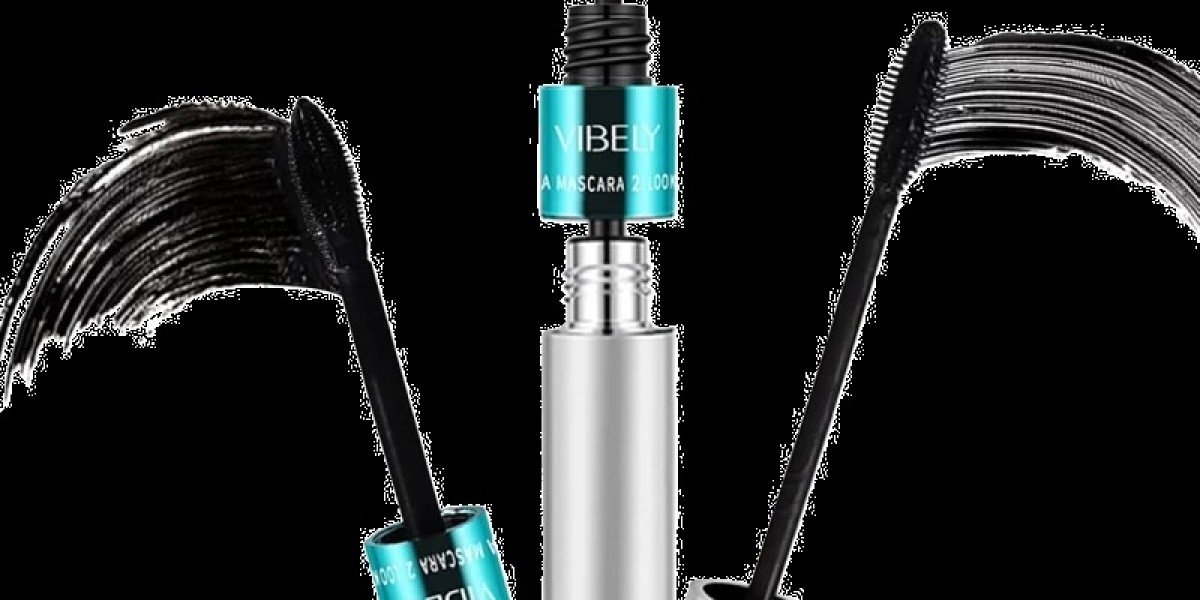Indian ethnic wear is a celebration of the country’s rich cultural diversity, history, and craftsmanship. With its stunning fabrics, intricate embroidery, and vibrant colors, it offers a beautiful blend of tradition and modernity, making it an ideal choice for any occasion. Whether you're attending a wedding, festival, or casual gathering, Indian ethnic wear never goes out of style.
Types of Indian Ethnic Wear for Women
Indian ethnic wear comes in many forms, each with its own regional variations and significance. Here are some of the most popular and timeless choices for women:
1. Saree (Sari)
The saree is one of the most iconic garments in India, worn by women for centuries. A saree consists of a long piece of cloth, usually between six to nine yards, draped elegantly around the body with one end thrown over the shoulder, often covering the head. The saree is synonymous with grace, elegance, and femininity.
- Styles: The saree can be worn in various regional styles like the Nivi drape, Bengali drape, or Maharashtrian drape.
- Occasions: Perfect for weddings, festivals, and formal occasions.
- Fabric Choices: Silk, chiffon, georgette, cotton, and crepe are popular fabrics for sarees.
2. Lehenga Choli
The lehenga choli is a traditional outfit that consists of a long skirt (lehenga), a fitted blouse (choli), and a dupatta (scarf). Known for its elaborate embellishments, the lehenga choli is often worn at weddings and festive events.
- Styles: Lehenga cholis can be simple for daily wear or extravagant for weddings and parties, featuring embroidery, sequins, beads, and mirror work.
- Occasions: Primarily worn during weddings, receptions, festivals, or any grand celebration.
- Fabric Choices: Velvet, silk, brocade, and satin are commonly used for lehengas.
3. Salwar Kameez
The salwar kameez is a popular and versatile outfit that includes a long tunic (kameez), paired with loose-fitting trousers (salwar) or churidar (fitted trousers). The set is often completed with a dupatta.
- Styles: This outfit is available in countless variations like Anarkali, Patiala, and Straight-cut kameez.
- Occasions: Suitable for both casual and formal occasions. It is often worn at work, family gatherings, or festivals.
- Fabric Choices: Cotton, rayon, silk, and georgette are common fabrics used for salwar kameez.
4. Anarkali Suit
An Anarkali suit is a variant of the salwar kameez, with a fitted top and a flared skirt that reaches the floor, resembling a gown. Known for its royal charm, it is often worn for festive or formal occasions.
- Occasions: Ideal for weddings, cultural celebrations, or formal events.
- Styles: The Anarkali can feature delicate embroidery, stonework, and other embellishments to add grandeur.
- Fabric Choices: Fabrics like silk, georgette, and net are used for Anarkali suits.
5. Kurtis and Tunics
Kurtis are short to knee-length tunics that are a part of modern ethnic wear. They can be paired with leggings, jeans, or skirts for a stylish yet comfortable look.
- Styles: Kurtis come in various cuts and styles, such as straight-cut, A-line, high-low, or asymmetrical.
- Occasions: Perfect for casual wear, office wear, or even informal family gatherings.
- Fabric Choices: Cotton, linen, and rayon are popular choices for kurtis.
6. Indo-Western Outfits
For those looking to blend traditional and contemporary styles, Indo-western outfits combine Indian fabrics, cuts, and designs with Western styles. These outfits often have modern silhouettes and are designed with an ethnic touch.
- Styles: Fusion wear like kurta dresses, tailored sarees, or ethnic jumpsuits.
- Occasions: Best for parties, casual outings, or even destination weddings.
- Fabric Choices: Materials like chiffon, silk, and crepe are often combined with modern cuts.
Popular Indian Fabrics Used in Ethnic Wear
The fabrics used in Indian ethnic wear play a significant role in the garment's overall look and feel. Some of the most common fabrics used in Indian ethnic wear include:
- Silk: Known for its lustrous finish, silk is perfect for weddings, festivals, and special occasions. It adds a touch of luxury to any outfit.
- Cotton: A breathable fabric perfect for daily wear, especially during the summer months. Cotton outfits are easy to style and comfortable.
- Chiffon: Lightweight and fluid, chiffon is often used for sarees and lehengas, giving them an elegant, flowing appearance.
- Georgette: A semi-sheer, light fabric that drapes beautifully, ideal for sarees and suits.
- Velvet: Rich and luxurious, velvet is often used for winter ethnic wear like lehengas, Anarkalis, and kurtas.
How to Style Indian Ethnic Wear
Styling Indian ethnic wear can be both fun and creative. Here are some tips to elevate your ethnic look:
1. Accessories:
- Jewelry: Pair your ethnic wear with traditional jewelry like jhumkas, necklaces, bangles, and maang tikka to complete the look.
- Footwear: Choose juttis, mojris, or kolhapuris for traditional looks. For a more contemporary vibe, try block heels or wedges.
2. Layering:
- Add a chunni or dupatta to your outfit for a more polished look. You can drape the dupatta over your shoulder or let it fall gracefully.
- Consider adding a jacket or a cape to a saree or lehenga to give your outfit a modern twist.
3. Makeup and Hair:
- For traditional occasions, go for bold makeup with deep red lips, defined eyes, and a bindi to add an extra layer of charm.
- Hair can be styled in braids, updos, or loose curls depending on the occasion.
Where to Wear Indian Ethnic Wear
Indian ethnic wear is perfect for a wide range of occasions. Here are a few places where you can flaunt your ethnic style:
- Weddings: From lehengas and sarees to Anarkali suits, Indian weddings are an excellent occasion for ethnic wear.
- Festivals: Festivals like Diwali, Holi, Eid, and Navratri call for colorful and traditional clothing like kurtas, sarees, and lehengas.
- Formal Gatherings: For formal events or cultural functions, a well-tailored saree, lehenga choli, or salwar kameez will make you stand out.
- Casual Days: For casual family gatherings or get-togethers, a kurti or tunic with leggings or jeans offers comfort and style.
Conclusion: The Everlasting Charm of Indian Ethnic Wear
Indian ethnic wear reflects the cultural richness and diversity of India. Whether you're drawn to the elegance of a saree, the grandeur of a lehenga, or the comfort of a salwar kameez, ethnic wear offers something for everyone. With the right fabric, styling, and accessories, Indian ethnic wear is a versatile and timeless choice that can make you feel confident, beautiful, and connected to tradition.







